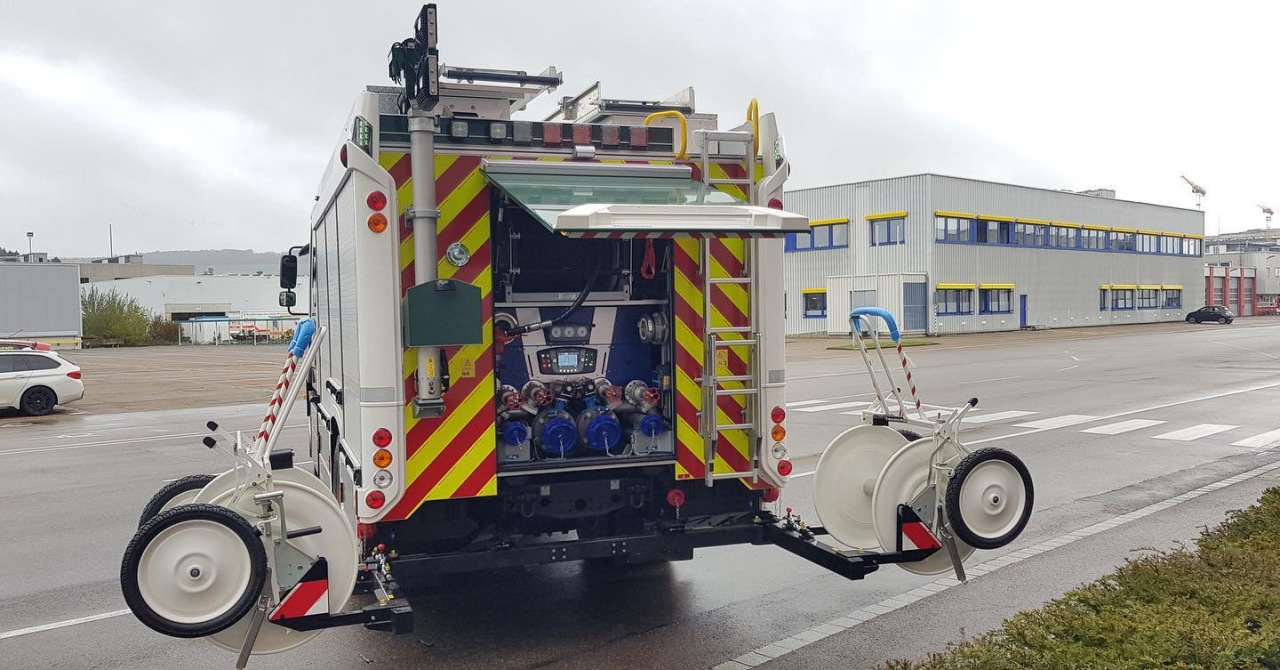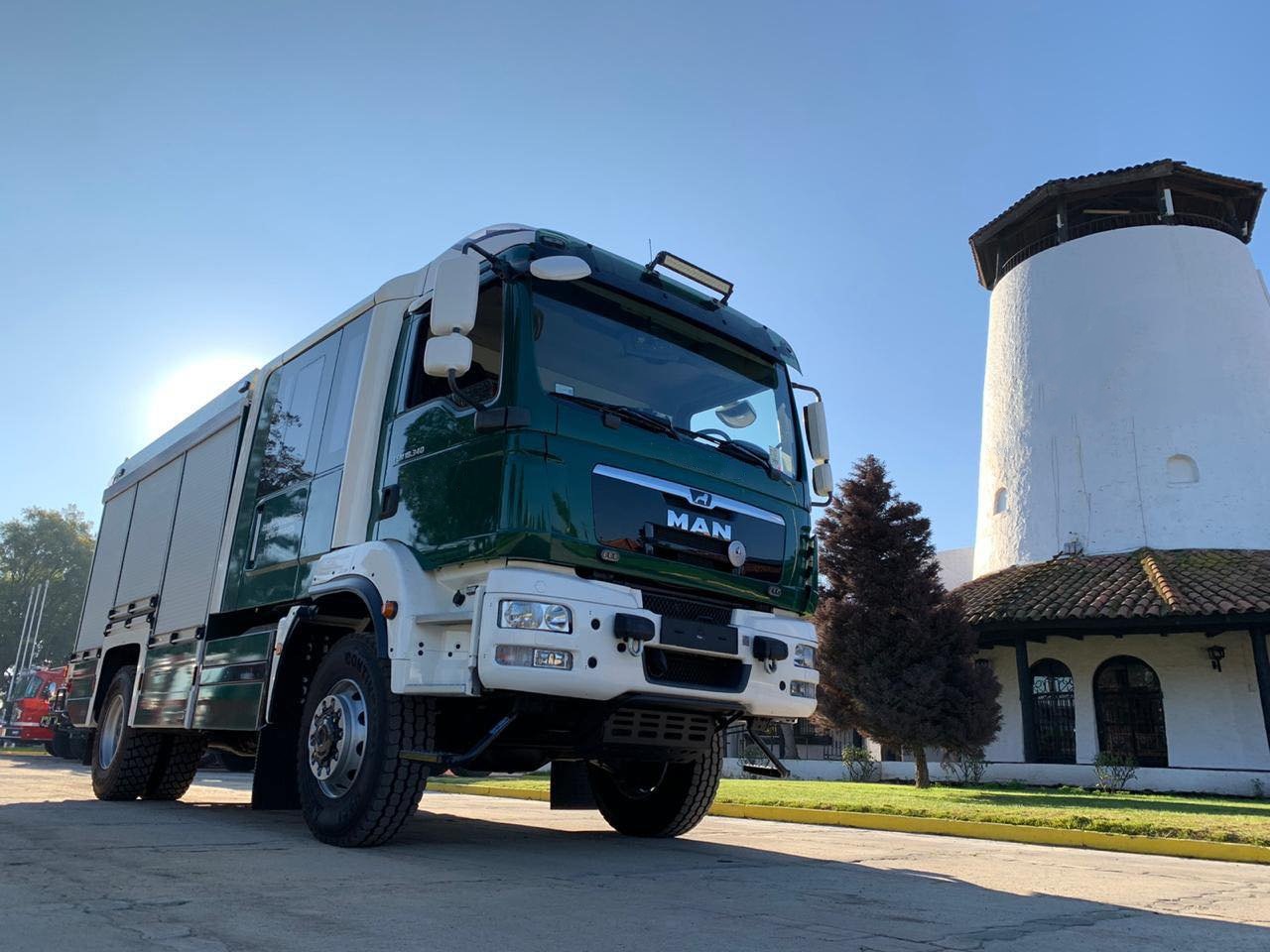In the world of emergency response and specialized transport, understanding the differences between various types of vehicles is essential. 2 such vehicles often misunderstood or used interchangeably are the tanker and the fire truck. Though they may look similar at a glance—especially when both are red and part of a firefighting convoy—they serve very different purposes, are differently designed, and are equipped with distinct features. This article aims to clarify the differences between a tanker and a fire truck, focusing on their functions, design, equipment, and usage.
Understanding the Basics
What is a Fire Truck?
A fire truck, also known as a fire engine or pumper truck, is a specialized vehicle used by fire departments primarily for firefighting and rescue operations. It is equipped with water pumps, hoses, ladders, tools, and often carries firefighters to the scene. Modern fire trucks are multipurpose, handling not just fires but also vehicle extrications, medical emergencies, and hazardous material response.
What is a Tanker?
In contrast, a tanker, in the context of fire and rescue, refers to a water tender—a vehicle designed to transport large volumes of water to fire scenes, especially in areas where there is no reliable hydrant system. Outside firefighting, the term “tanker” may also refer to trucks designed to transport liquids like fuel, milk, or chemicals. For this comparison, we focus on firefighting tankers, also known as water tenders.
Key Differences
1. Primary Function
- Fire Truck: The primary role is to fight fires directly. It does this through integrated pumps and hose systems that allow it to draw water from a hydrant or onboard tank and project it onto a fire.
- Tanker: Its main job is to supply water. It transports water from a source (like a pond, lake, or hydrant) to the fire scene where the water supply is limited or nonexistent.
Summary: Fire trucks fight fires; tankers deliver the water needed for the fight.
2. Water Carrying Capacity
- Fire Truck: Typically carries a relatively small amount of water, between 500 to 1,000 gallons (1,900 to 3,800 liters). This is sufficient for small fires or to initiate firefighting before additional supply arrives.
- Tanker: Designed to carry much more water, ranging from 1,000 gallons to over 4,000 gallons (3,800 to 15,000 liters). Some rural departments rely heavily on these tankers to maintain a steady water supply during large fires.
Summary: Tankers carry significantly more water than standard fire trucks.
3. Pump System
- Fire Truck: Always includes a built-in water pump capable of delivering high-pressure streams of water through hoses. Pump capacity often ranges from 750 to 2,000 gallons per minute (GPM).
- Tanker: May or may not have a pump. If it does, it’s usually lower capacity. Some tankers rely solely on gravity or external pumps to offload their water into portable tanks or directly into another truck’s tank.
Summary: Fire trucks are equipped with high-performance pumps; tankers may have limited or no pumping capability.
4. Onboard Equipment
- Fire Truck: Loaded with firefighting and rescue equipment, including:
- Hose reels and nozzles
- Ladders (sometimes extending over 100 feet)
- Axes, pike poles, and hand tools
- Thermal imaging cameras
- First-aid kits and defibrillators
- Breathing apparatus and protective gear
- Tanker: Carries very basic equipment, typically limited to what is needed for water transfer:
- Dump valves
- Quick-fill hoses
- Occasionally, portable tanks for water dumping
- Sometimes a few hand tools, but rarely full rescue gear
Summary: Fire trucks are mobile toolboxes; tankers are essentially mobile water tanks.
5. Crew and Staffing
- Fire Truck: Carries a full crew of trained firefighters—often 4 to 6 personnel. These individuals are ready to fight fires, conduct rescues, or provide medical assistance.
- Tanker: Usually staffed with 1 or 2 operators. Their job is to transport and deliver water, not to engage directly in firefighting.
Summary: Fire trucks carry the frontline team; tankers support them with water logistics.
6. Design and Structure
- Fire Truck: Designed with multiple compartments for storing gear and equipment, along with onboard water and a pump. Some also include extendable ladders or aerial platforms.
- Tanker: Built around a large water tank mounted on a heavy-duty chassis. Its design focuses on weight distribution and water capacity. Some may have baffles in the tank to prevent water surge during transport.
Summary: Fire trucks prioritize access and functionality; tankers prioritize volume and stability.
7. Deployment Scenario
- Fire Truck: Deployed first at nearly every fire scene. Its crew starts attacking the fire, rescuing victims, or securing the area.
- Tanker: Called in when hydrants aren’t available, especially in rural or remote areas. Often operates in a relay with multiple tankers rotating to refill and deliver water.
Summary: Fire trucks lead the response; tankers sustain it.
Real-World Example
Imagine a house fire in a rural area. The first arriving fire truck starts fighting the fire with the onboard water. Meanwhile, tankers begin arriving from nearby stations, shuttling water from a lake several miles away. They dump their loads into portable tanks set up near the fire truck, which then draws water from those tanks to keep firefighting operations going.
Without the tankers, the fire truck would run out of water in minutes. Without the fire truck, the tankers’ water would go unused. Each is vital, but they play completely different roles.
Conclusion
While fire trucks and tankers are both critical tools in firefighting operations, they serve fundamentally different roles. The fire truck is the frontline warrior, attacking flames, rescuing victims, and handling emergencies head-on. The tanker is the logistical backbone, ensuring the supply of water remains uninterrupted, especially in areas without hydrants.
Understanding these distinctions helps not only emergency responders and planners but also the public. Recognizing the function of each vehicle can lead to a greater appreciation of the complexity and coordination required in emergency services. It also underscores the importance of proper funding and support for all types of emergency apparatus, whether they’re attacking the blaze or silently fueling the fight.










